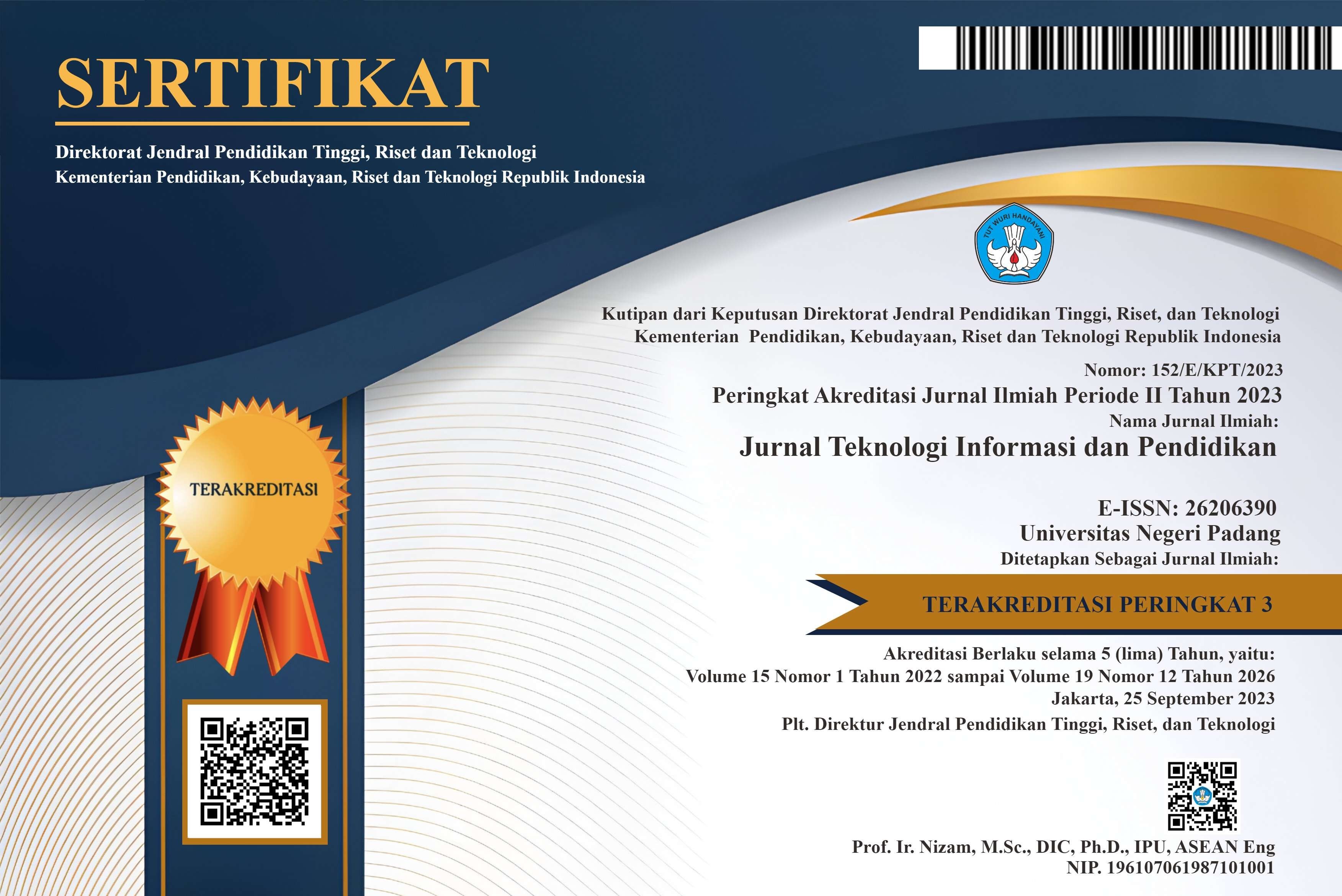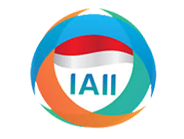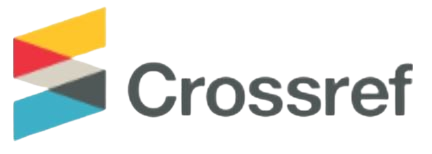EFEKTIFITAS MEKANISME TATA KELOLA TEKNOLOGI INFORMASI TERHADAP INOVASI TI DAN KINERJA TI
Abstract
Information technology supports the achievement of business objectives in the organization. Higher education institutions is a business organization engaged in the field of education, research and devotion to the society in the Know Tridharma College. Effective IT governance ensures the alignment between IT and the business objectives. The study seeks to examin empirically IT governance mechanisms affecting the overall effectiveness of IT governance. In addition, this study examines effective IT governance relationships and IT performance in higher education organizations. The sampling techniques in this study are multi-stage purposeful random sampling. In order, the researchers will incorporate the surveys online. Analyzed by Quantitative Data and method of a Partial Least Squares (PLS-SEM) equation using Smart PLS 3.0. The results obtained from this research show significant positive relationships between effectiveness IT governance and the following mechanisms: IT steering Committee, senior management involvement in IT, and organizational communication systems and relationships between the effectiveness of ITG with IT innovation and IT performance. And insignificant negative relationship between organizational Performance management system and effectiness IT Governance also IT Innovation and IT Performance.
References
P. Subsermsri, K. Jairak, and P. Praneetpolgrang, “Information technology governance practices based on sufficiency economy philosophy in the thai university sector”, Inf. Technol. People, 2015.
N. Bajgoric, “Business continuity management: A systemic framework for implementation,” Kybernetes, 2014.
I. S. Bianchi and R. D. Sousa, “IT Governance Mechanisms in Higher Education”, in Procedia Computer Science, 2016.
M. Hicks, G. Pervan, and B. Perrin, “A study of the review and improvement of IT governance in Australian universities in Australian universities”, Int. Conf. Inf. Resour. Manag, 2012.
S. P. J. Wu, D. W. Straub, and T. P. Liang, “How information technology governance mechanisms and strategic alignment influence organizational performance: Insights from a matched survey of business and it managers”, MIS Q. Manag. Inf. Syst., 2015.
G. L. Lunardi, J. L. Becker, A. C. G. Maçada, and P. C. Dolci, “The impact of adopting IT governance on financial performance: An empirical analysis among Brazilian firms”, Int. J. Account. Inf. Syst., 2014.
W. Peter and R. Jeanne, “A Matrixed Approach to Designing IT Governance”, MIT Sloan Manag. Rev., 2005.
S. De Haes and W. Van Grembergen, “IT Governance and its Mechanisms”, Inf. Syst. Control J., 2004.
W. Van Grembergen, S. De Haes, and E. Guldentops, “Structures, Processes and Relational Mechanisms for IT Governance”, in Strategies for Information Technology Governance, 2011.
R. Peterson, “Crafting information technology governance”, Inf. Syst. Manag., 2004.
J. W. Ross and P. Weill, “How Top Performers Manage IT Decisions Rights for Superior Results”, IT Gov., 2004.
C. Ferguson, P. Green, R. Vaswani, and G. Wu, “Determinants of Effective Information Technology Governance”, Int. J. Audit., 2013.
S. Ali and P. Green, “Effective information technology (IT) governance mechanisms: An IT outsourcing perspective”, Inf. Syst. Front., 2012.
A. E. Brown and G. G. Grant, “Framing the Frameworks: A Review of IT Governance Research”, Commun. Assoc. Inf. Syst., 2005.
S. De Haes, W. Van Grembergen, and R. S. Debreceny, “COBIT 5 and enterprise governance of information technology: Building blocks and research opportunities”, J. Inf. Syst., 2013.
W. Van Grembergen, “IT governance and its mechanisms”, Proceedings of the Annual Hawaii International Conference on System Sciences, 2006.
R. Pereira, R. Almeida, and M. M. Da Silva, “IT governance patterns in the portuguese financial industry”, Proceedings of the Annual Hawaii International Conference on System Sciences, 2014.
R. Pereira, M. Mira da Silva, and L. V. Lapão, “Business/IT Alignment through IT Governance Patterns in Portuguese Healthcare,” Int. J. It/bus. Alignment Gov., 2014.
A. Shuhaiber, “The role of perceived control, enjoyment, cost, sustainability and trust on intention to use smart meters: An empirical study using SEM-PLS”, in Advances in Intelligent Systems and Computing, 2018.
F. Quoquab, S. Pahlevan, J. Mohammad, and R. Thurasamy, “Factors affecting consumers’ intention to purchase counterfeit product”, Asia Pacific J. Mark. Logist., 2017.
C. M. Ringle, M. Sarstedt, and D. W. Straub, “A critical look at the use of PLS-SEM in MIS quarterly”, MIS Quarterly: Management Information Systems. 2012.
M. Q. Huda, M. C. Utami, N. A. Hidayah, and Q. Aini, “Effective IT Governance in Higher Education Institutions: The Conceptual Model”, 2018.
Copyright (c) 2019 Anwar Fattah

This work is licensed under a Creative Commons Attribution-ShareAlike 4.0 International License.















.png)














